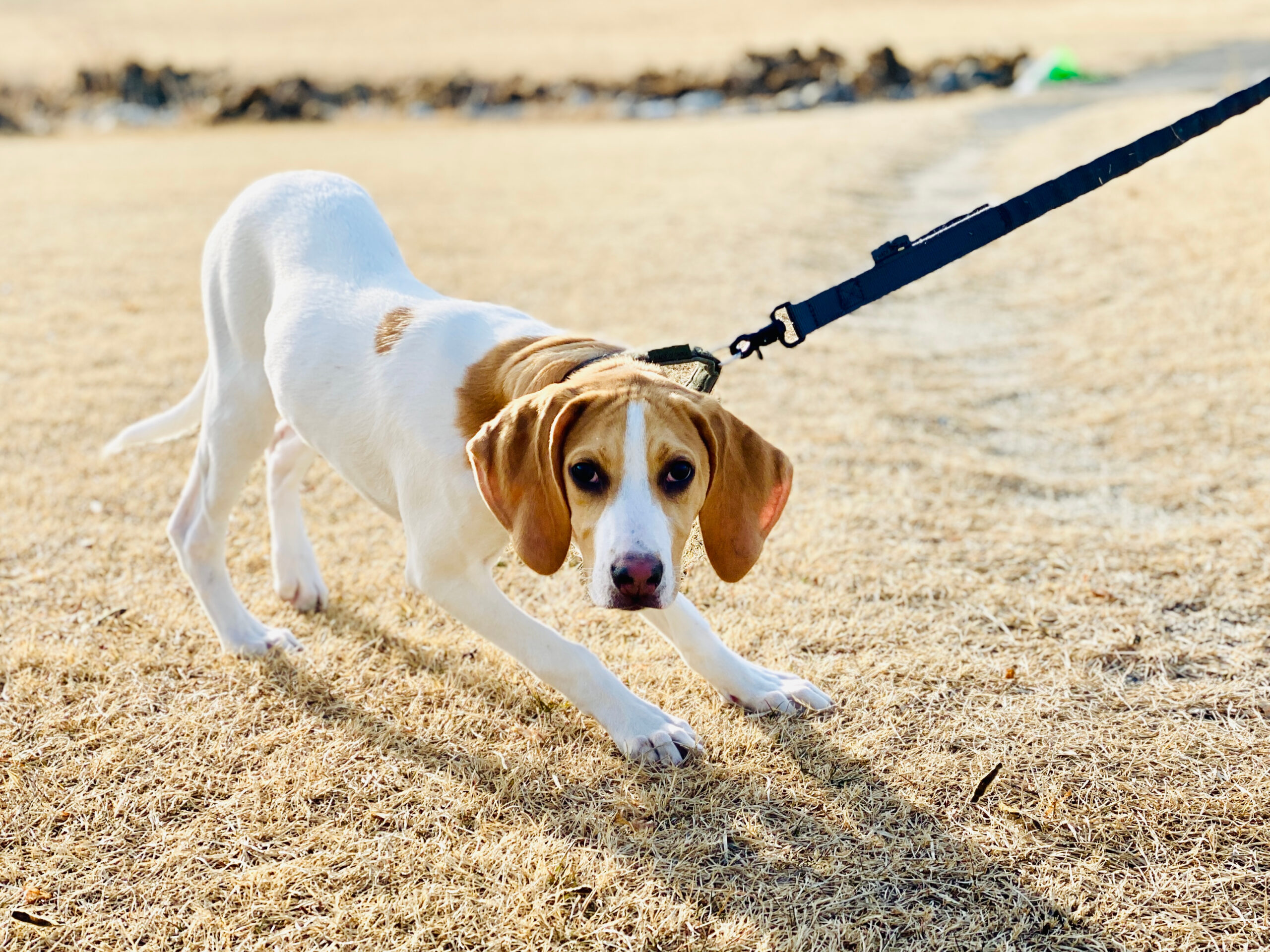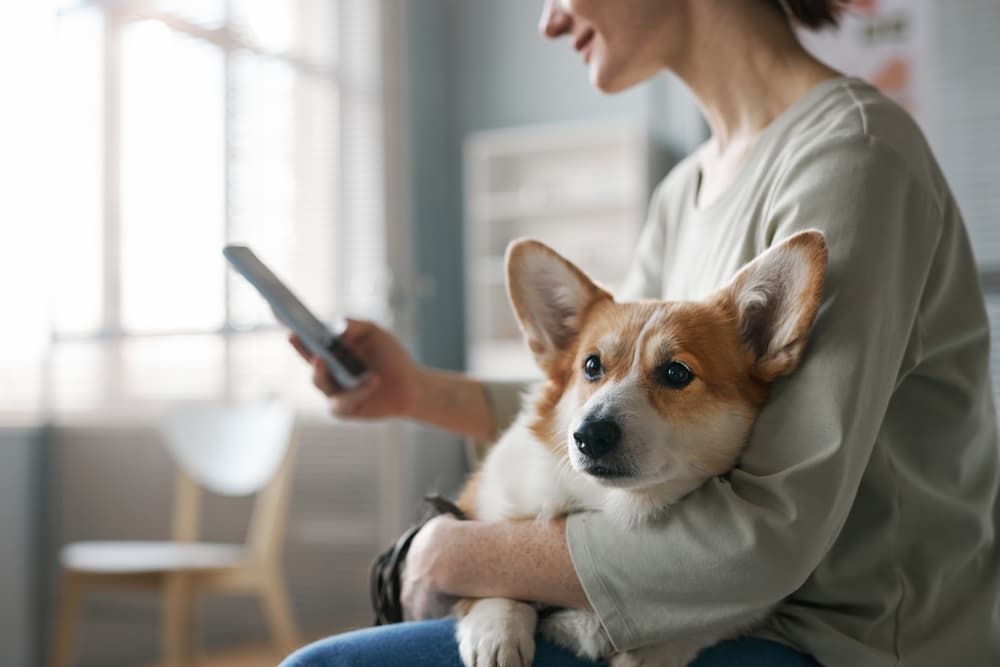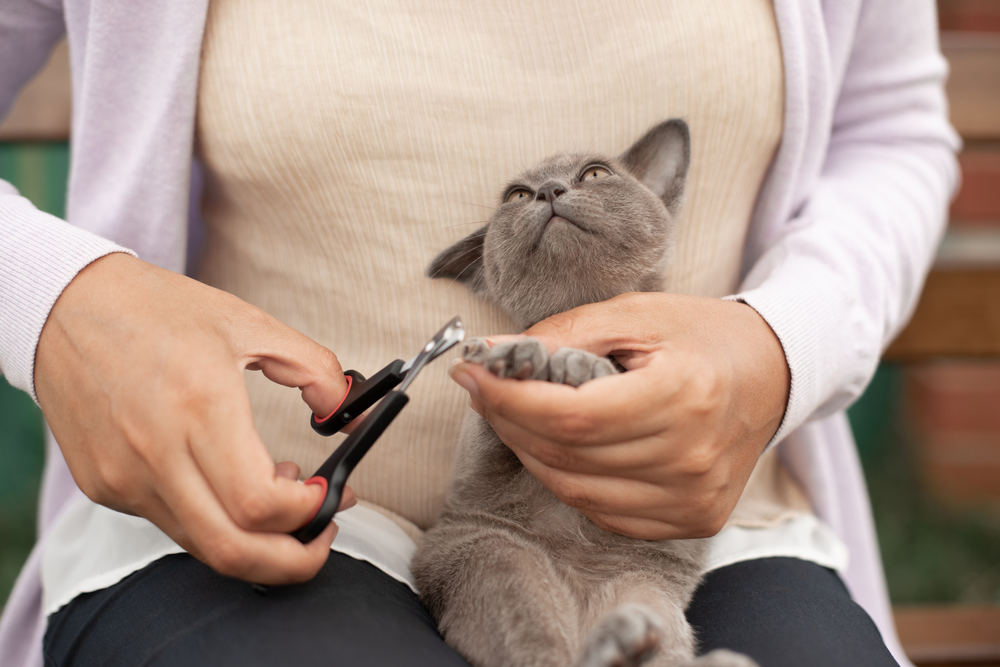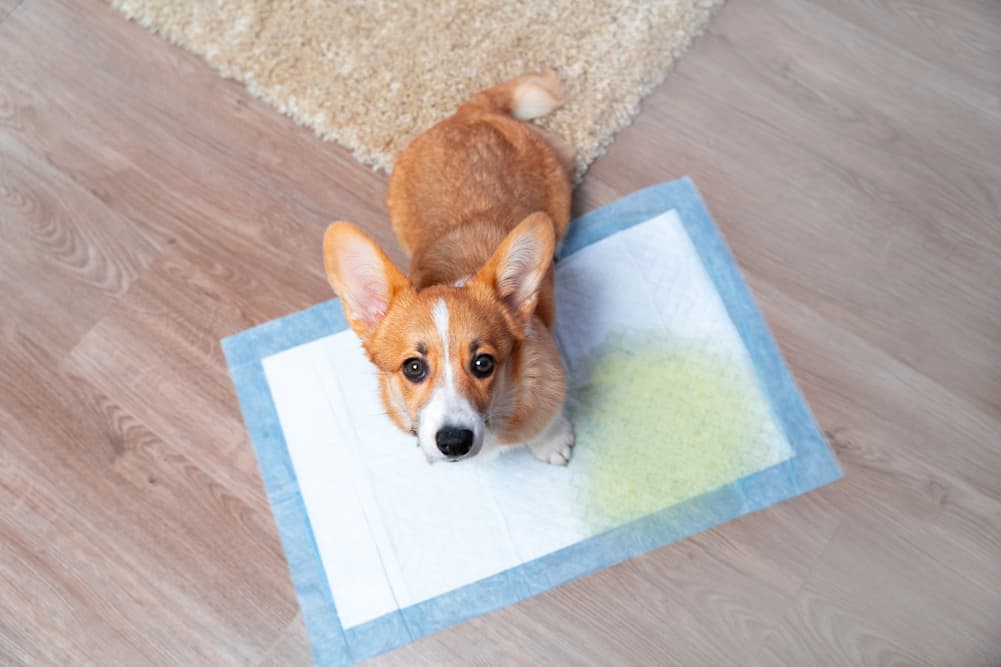7 Strategies for Training a Stubborn Dog
Updated on November 19, 2024

Training a stubborn dog can be frustrating — I’ve worked with dozens of pet owners who feel like they’re on the losing end of a battle of wills with their canines, and I’ve had several difficult-to-train dogs of my own over the years.
When bad habits refuse to budge, pet owners can wind up feeling frustrated, exhausted and defeated. If you’re struggling to train your dog, don’t give up! There’s hope for even the most challenging dogs. The solution may be as simple as changing your approach to training.
When a dog doesn’t listen to or follow commands, it’s not typically because he is hardheaded or untrainable. The problem is often that normal dog behaviors simply don’t conform to human standards of good manners, and changing behavior that comes naturally to a dog can take time and effort.
This doesn’t necessarily mean a complete revision of your training program though. For some dogs, even the smallest shift in the training process can make a big difference in your success.
All featured products are chosen at the discretion of the Vetstreet editorial team and do not reflect a direct endorsement by the author. However, Vetstreet may make a small affiliate commission if you click through and make a purchase.
Seven Strategies for Training Stubborn Dogs
A few simple tweaks can make all the difference in your challenging dog’s behavior. Here are seven of my favorite strategies for stubborn dogs.
Be Consistent Training A Stubborn Dog
You or other members of your family may unintentionally be asking for the same behavior in different ways or rewarding different behaviors. As a result, your dog may seem stubborn when he’s really just confused.
Having everyone who spends time with your dog use a consistent set of cues or commands and offer consistent rewards makes it more likely that your dog will do what he’s asked to do. So if you are trying to teach your dog to sit when greeting people, make sure your kids aren’t allowing or encouraging him to jump up on them when they come through the door.
Products to help with your training include dog training sticks, which can be used indoors or outdoors. Sometimes called flirt poles, these can be used for training, entertainment, circling, and other activities. Also, consider these affordably priced dog training sticks if you want to get your dog into agility.

Do Not Punish The Dog
Punishment increases anxiety and undermines your dog’s trust in you. In the long term, punishment can lead to a higher risk of aggression. Instead, opt for reward-based training tactics that focus on giving the dog things he desires, like treats, petting and play, when he responds to a command in the desired manner. And rather than punishing him for unwanted behavior, redirect him to a more acceptable behavior and offer him a reward for that.
Consider incorporating high-value treats for dogs that you can keep in a training pouch for easy access.

Choose The Right Rewards
Ensure training is relevant by making desired behaviors highly rewarding for your dog. If rewards are infrequent or of low value to your dog, his response is likely to suffer. Increasing the value and frequency of rewards can often improve your dog’s response — and his behavior — dramatically. Different dogs value different things; figure out what your dog loves most and offer that in return for good behavior. Rewards can include special treats, petting or play time with a favorite toy.
Pay attention to how many treats your dog is receiving, as calories can add up quickly. Consider a low-calorie, low-fat treat such as Covetrus NutriSential Lean Treats for Dogs. At only seven calories per piece, dogs love these chewy chicken snacks.
Make Training a Habit
Don’t think about training as a once-a-day event — make it part of your daily routine. To reinforce wanted behavior, engage your dog in short training sessions throughout the day. This can be as simple as asking your dog for a specific desired behavior, such as a sit or down, and rewarding his success with treats, play, petting or walks.
Be sure the training treat is something your dog loves. You want the reward to be one that your dog enjoys. For some dogs, they appreciate playing with a rope toy or a ball with you for a job well done.

Get Help
Finally, if training just isn’t working or if your dog is showing signs of aggression or excessive fear, an expert’s opinion and guidance can be invaluable. Talk to your veterinarian for help finding a reward-based trainer or a veterinary behaviorist in your area.
More on Vetstreet:






